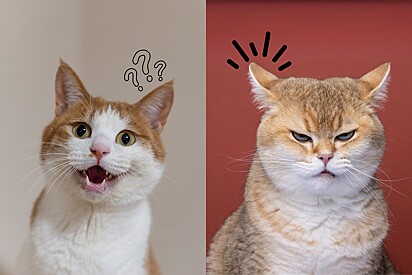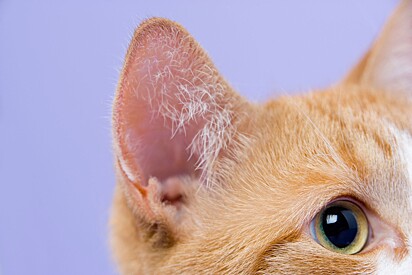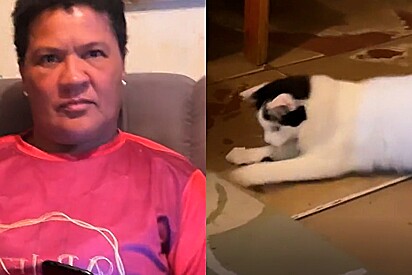Feline Body Language: What Are Your Cat’s Ears Trying to Say?
By Gabriele Tancredo Stella in CatsHave you ever noticed how a cat’s ears move in different situations? This is a form of nonverbal communication that is essential for cats. In an interview with Amo Meu Pet (our Brazilian website about pet news), Isadora de Castro Travnik — a biologist with a Master’s degree in Animal Behavior and Biology, and currently pursuing a PhD in Veterinary Sciences — broke down the main reasons behind each behavior.Cats' ears are remarkable! They have many more muscles than human ears. As Isadora described, cats have 32 muscles in their ears, compared to only 6 in humans. In addition, their ears can rotate up to 180 degrees!
“Cats can move their ears in many directions, capturing the sounds very well and figuring out exactly where they are coming from,” Isadora explains.
She also suggests that pet owners observe their cats for a few minutes to notice the constant ear movements—sometimes subtle, other times more noticeable.
“The ears usually follow sounds in the environment. However, capturing sound isn’t their only function,” she highlights.
In addition to ear movements, facial muscles (expressions) help interpret how the cat is feeling in different situations.
"Of course, each ear position is accompanied by a corresponding body posture!" she emphasizes.
Learn what every movement means, according to Isadora:
1. Relaxed and Alert
When the cat is relaxed and alert, the ears point up and face forward
2. In Pain
When in pain, the ears may be slightly spread apart with the eyes partially open, or flattened outward with the eyes squinting, depending on the intensity.
3. Angry
When cornered and irritated, the ears turn completely back and downward, hiding as much of the ear as possible.
In this position, they protect a vulnerable part of the body from injury during fights.
4. Submission
The submission position can be observed when the ears look like airplane wings.
5. Curiosity
If your cat holds their ears out to the sides for a few seconds or minutes, it doesn’t necessarily indicate a specific emotion; they may simply be directing them toward a sound.
Beware!
If this ear position persists and is accompanied by decreased activity, loss of appetite, visible injuries, or any other change in behavior, anatomy, or physiology, it's important to seek veterinary attention.
Want to learn more about cat behavior and well-being? Follow Isadora on Instagram for more information.









